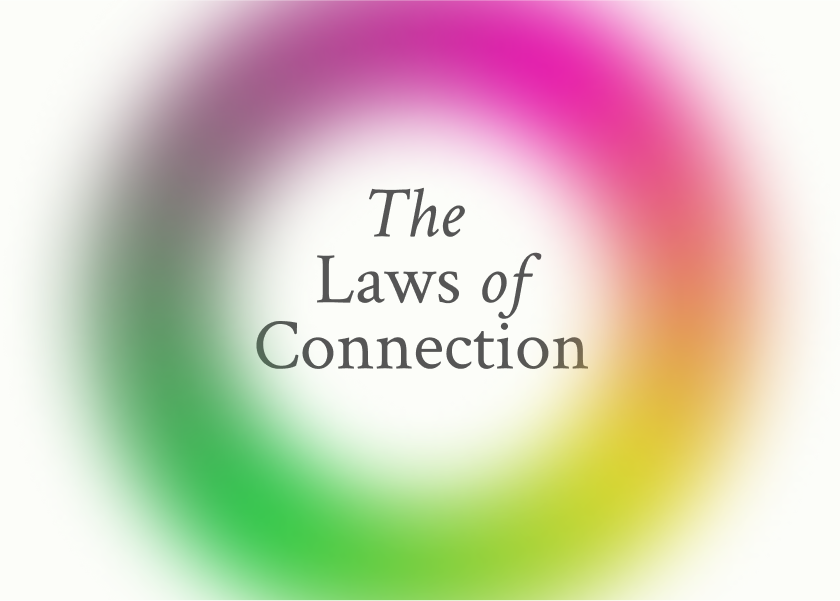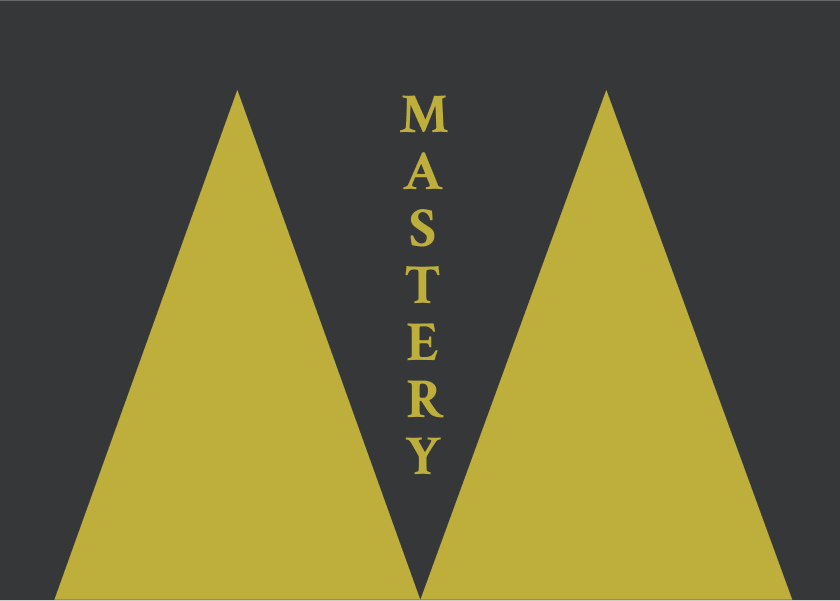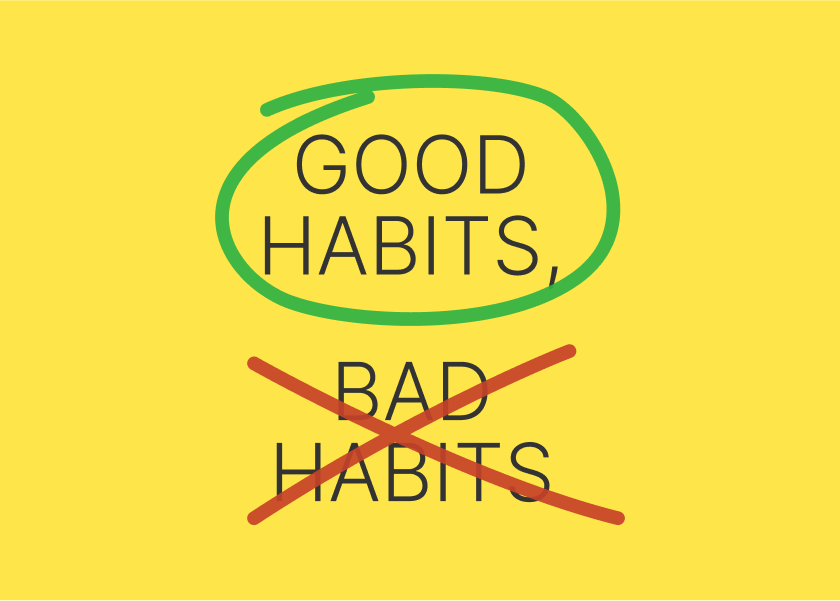The How of Happiness by Sonja Lyubomirsky - Summary
Unlock your potential for lasting happiness! Discover science-backed strategies to boost your well-being. Learn the 40% solution and take control of your joy. Start your journey today!

Unlock Your Potential for Lasting Happiness
Are you one of the many who secretly yearn for a happier life, yet feel unsure how to achieve it? Do you wonder if lasting happiness is even possible, or if you are simply destined to your current level of contentment? Sonja Lyubomirsky's groundbreaking book, The How of Happiness: A Scientific Approach to Getting the Life You Want, delves into these fundamental questions, offering a research-backed roadmap to increasing your well-being. Drawing on years of scientific study in positive psychology, Lyubomirsky debunks common myths about happiness and presents concrete strategies that anyone can implement to cultivate a more joyful and fulfilling existence.
Table of Contents
- About the Author
- Who Should Read This Book?
- Key Insights and Themes
- Detailed Summary
- Review
- Actionable Takeaways
- FAQs
- Conclusion
About the Author
Sonja Lyubomirsky, PhD, is a distinguished professor in the Department of Psychology at the University of California, Riverside. With over eighteen years of research in the field of happiness and well-being, she is a leading figure in positive psychology, the scientific study of what makes life worth living. Her work is grounded in rigorous empirical investigation, setting her apart from many self-help gurus and making The How of Happiness a scientifically sound guide to achieving a greater sense of joy and fulfilment. Friends and colleagues encouraged her to write this book, believing that the scientific advances in the field were robust enough to translate into specific, evidence-based recommendations.
Who Should Read This Book?
The How of Happiness is an invaluable resource for anyone who desires to experience greater and more lasting happiness. This includes:
- Individuals who feel they are not living up to their full potential or are not as happy as they yearn to be.
- Those who are currently feeling low or even mildly depressed and are seeking evidence-based strategies to improve their mood.
- People who are already relatively happy but are interested in understanding the science of well-being and learning how to enhance their joy further.
- Anyone who is curious about the factors that truly contribute to happiness, beyond superficial circumstances like wealth or material possessions.
- Individuals who are sceptical of traditional self-help advice and prefer recommendations rooted in scientific research.
- Those who have tried to become happier in the past but have found that their efforts were not sustained.
Ultimately, if you believe that becoming happier is a worthwhile goal, and you are willing to put in effort and commitment to achieve it, this book offers a scientifically validated path forward.
Key Insights and Themes
Here are some of the key takeaways and main ideas presented in The How of Happiness:
- Happiness is attainable and can be increased through intentional effort. While a portion of our happiness is determined by genetics (the happiness set point) and life circumstances, a significant 40 percent is within our power to change through our actions and thoughts – this is the "40 percent solution".
- Life circumstances have a limited and often short-term impact on overall happiness. Factors like wealth, beauty, and material possessions do not guarantee lasting happiness.
- Intentional activities are the key to sustainable happiness. Engaging in specific, research-backed strategies can significantly boost and maintain happiness levels over time.
- There is no one-size-fits-all approach to happiness. The most effective happiness strategies are those that fit an individual's personality, values, interests, resources, goals, and needs – the concept of person-activity fit.
- The book provides a diagnostic tool to help readers identify their best-fitting happiness activities. The Person-Activity Fit Diagnostic helps individuals choose from twelve specific happiness-enhancing activities.
- Sustaining happiness requires understanding the "Five Hows." These are critical mechanisms that explain why happiness strategies work and how to practice them effectively for long-term benefits.
- Even those who are depressed can benefit from happiness-increasing strategies, although professional help may be necessary for moderate to severe depression.
- Many seemingly "hokey" or corny happiness strategies have been scientifically proven to be effective when practised with effort and in optimal ways.
Detailed Summary
The book is structured into three parts: How to Attain Real and Lasting Happiness, Happiness Activities, and Secrets to Abiding Happiness.
Part One: How to Attain Real and Lasting Happiness
This section lays the foundation for the book's central arguments.
- Is It Possible to Become Happier? This chapter addresses the fundamental question of whether our happiness levels are fixed. Lyubomirsky argues that while genetics play a role (the happiness set point), and life circumstances have some influence, a significant portion of our happiness (the 40 percent solution) is determined by our intentional activities – what we do and how we think. She challenges the notion that happiness is solely dependent on external factors and introduces the idea that a program for lasting happiness is achievable. The chapter also touches upon common misconceptions about what makes us happy.
- This chapter likely delves deeper into the science behind happiness, including the happiness pie chart, which visually represents the determinants of happiness: genetic set point, life circumstances, and intentional activities. It probably explains the concept of hedonic adaptation, our tendency to return to a baseline level of happiness after positive or negative events. The chapter would further solidify the argument that focusing on intentional activities offers the most promising avenue for lasting increases in well-being.
- How to Find Happiness Activities That Fit Your Interests, Your Values, and Your Needs. This crucial chapter introduces the concept of person-activity fit. It emphasizes that not all happiness strategies are equally effective for everyone. Individuals have unique needs, interests, values, resources, and inclinations that make them more likely to benefit from certain activities over others. The chapter likely presents the Person-Activity Fit Diagnostic, a self-assessment tool designed to help readers identify which of the twelve happiness-enhancing activities discussed in Part Two are most likely to work for them. The diagnostic considers factors such as individual weaknesses, strengths, goals, needs, and lifestyle.
Part Two: Happiness Activities
This section presents detailed analyses and concrete illustrations of twelve specific happiness-enhancing activities. Readers are encouraged to focus on the four activities that best fit their profile based on the diagnostic in Chapter 3. While the exact content of each chapter isn't fully detailed in the excerpts, the following activities are mentioned:
- Expressing Gratitude: Keeping a gratitude journal, contemplating things one is grateful for, expressing appreciation to others.
- Cultivating Optimism: Looking at the bright side, finding the silver lining, anticipating a positive future.
- Avoiding Overthinking and Social Comparison: Strategies to cut loose from ruminations and gain a broader perspective.
- Practicing Acts of Kindness: Performing kind deeds for others, which can have ripple effects.
- Nurturing Social Relationships: Investing time and effort in strengthening connections with friends, family, and romantic partners.
- Developing Strategies for Coping: Employing healthy and adaptive ways to deal with stress and adversity, such as expressive writing and challenging negative beliefs.
- Learning to Forgive: Releasing anger and resentment towards those who have wronged us.
- Increasing Flow Experiences: Engaging in activities that are challenging yet within our skill level, leading to a state of complete absorption.
- Savouring Life's Joys: Paying attention to and appreciating positive experiences in the present moment.
- Committing to Your Goals: Setting and pursuing meaningful, intrinsic goals with passion and effort.
- Taking Care of Your Body and Your Soul: This encompasses strategies like practising religion and spirituality, meditation, and physical activity, recognising their indirect but significant impact on happiness.
For each activity, the book likely describes how to implement it, the scientific evidence supporting its effectiveness, and suggestions for tailoring it to individual needs. It also suggests complementary activities that might be beneficial.
Part Three: Secrets to Abiding Happiness
This final section focuses on how to sustain increased happiness levels over the long term.
- The Five Hows Behind Sustainable Happiness. This chapter unveils the critical mechanisms of action that make happiness strategies work. These "Five Hows" likely include factors such as positive emotion generation, positive thought fostering, positive experience creation, habit formation, and proper strategy implementation. Understanding these principles is crucial for making lasting changes in one's happiness level.
Review
The How of Happiness stands out as a valuable contribution to the self-help genre due to its strong grounding in scientific research. Lyubomirsky effectively bridges the gap between academic findings and practical application, offering readers concrete strategies supported by empirical evidence. The book's strength lies in its emphasis on intentional activities as a key lever for increasing happiness, empowering readers to take control of their well-being. The inclusion of the Person-Activity Fit Diagnostic is a significant advantage, acknowledging the individual nature of happiness and guiding readers towards strategies most likely to resonate with them.
However, some readers might find that the sheer number of strategies (twelve) could feel overwhelming initially, despite the guidance to focus on a few. Additionally, Lyubomirsky acknowledges that some of the scientifically-backed activities might sound "hokey" or corny to certain individuals, which could create resistance for more sceptical readers. Nonetheless, she encourages an open mind and highlights the effectiveness of these strategies when practised sincerely. Overall, the book provides a balanced and insightful perspective on the science of happiness, offering a hopeful and actionable path towards a more fulfilling life.
Actionable Takeaways
Here’s how to apply these lessons in real life:
- Reflect on your current level of happiness. Consider using a happiness scale (like the Oxford Happiness Questionnaire mentioned in the book) to establish a baseline.
- Understand the "40 percent solution." Recognize that a significant portion of your happiness is within your control through your thoughts and actions.
- Complete the Person-Activity Fit Diagnostic (found within the book) to identify the happiness-enhancing strategies that are most likely to suit your personality, values, and needs.
- Choose one or two of your top-fitting activities from Part Two of the book and commit to practising them regularly.
- Be effortful and intentional in your practice of these activities. Superficial engagement may not yield significant results.
- Pay attention to the timing and variety of your chosen activities. Experiment to find what works best for you.
- Read about the "Five Hows Behind Sustainable Happiness" (Chapter 10) to understand the underlying mechanisms and learn how to make your happiness gains last.
- Be patient and persistent. Changing habits and increasing happiness takes time and commitment. Don't be discouraged if you don't see results immediately.
- Consider complementary activities. Once you find an activity that works well, explore the suggested pairings in the book to further enhance your well-being.
- If you are feeling depressed, read the "Postscript: If You Are Depressed" chapter and consider seeking professional help in addition to exploring the book's strategies.
FAQs
- What is "The How of Happiness" about? "The How of Happiness" is a book by Sonja Lyubomirsky that uses scientific research from positive psychology to provide readers with strategies and techniques for increasing their lasting happiness. It argues that a significant portion of our happiness is within our control and can be improved through intentional activities.
- Is "The How of Happiness" worth reading? Yes, for those seeking a scientifically grounded approach to improving their well-being. The book offers practical, evidence-based advice and a personalised approach to finding effective happiness strategies. It challenges common misconceptions about happiness and empowers readers to take action.
- What is the "40 percent solution"? The "40 percent solution" refers to Lyubomirsky's assertion that 40 percent of our happiness is determined by intentional activities – the things we do and how we think. This suggests a significant potential for increasing our baseline happiness levels through conscious effort.
- What are "intentional activities"? Intentional activities are specific, goal-oriented actions and cognitive strategies that individuals can consciously choose to engage in to improve their happiness. These form the core of the book's recommendations and are distinct from fixed genetic factors and fluctuating life circumstances.
Conclusion
Sonja Lyubomirsky's The How of Happiness offers a compelling and scientifically sound perspective on the journey towards a more joyful and fulfilling life. By demystifying the nature of happiness and providing a concrete framework for change, the book empowers readers to move beyond wishful thinking and actively cultivate greater well-being. The emphasis on individual fit and the exploration of sustainable happiness strategies make this book a valuable resource for anyone serious about unlocking their potential for lasting happiness. Take the first step today, explore the strategies that resonate with you, and embark on your own evidence-based path to a happier you.
As an Amazon Associate, ShelfHelp may earn money from qualifying purchases. Needless to say, ShelfHelp only includes affiliate links to books we recommend and think are worth your time reading.




